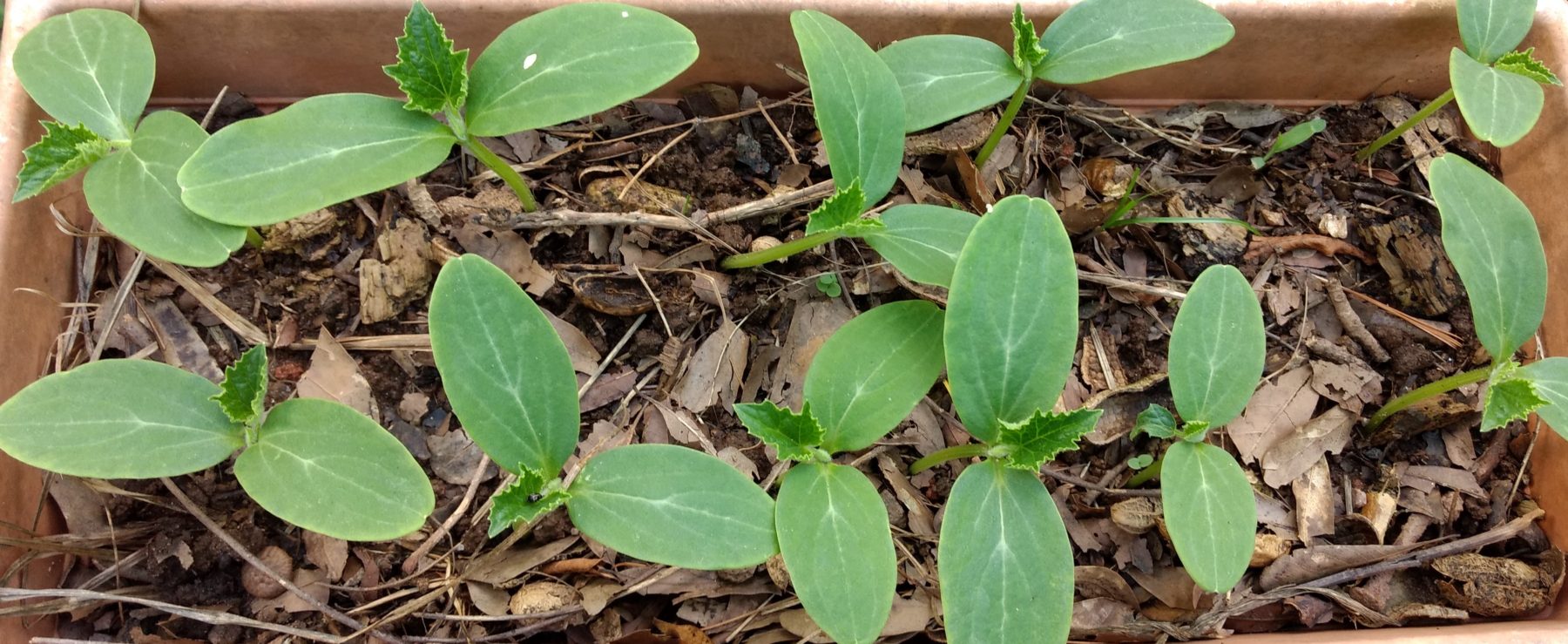All You Need to Start an Organic Garden
by Sabrina Dawkins
- Chicken wire to reduce pest activity.
- Plastic garden stakes to hold up the poultry netting.
- A hammer to nail in the garden stakes. Watering the spot first or waiting until a rain will loosen the soil so you can hammer the stakes in deeper.
- A garden spading fork to plant crops.
- Urine as a source of nitrogen.
- Water
- Compost: leaves, paper, food scraps, cardboard, etc.
- A trash bin that is converted into a compost bin by drilling holes in the lid, the sides, and the bottom for beneficial composters, water, and air to get in.
- Starter buckets to start your crops in before transplanting them into the garden. You will need to make holes in the bottoms so excess water can drain out.
- Chairs, empty buckets, tables, or something to elevate your starter buckets off the ground to make it more difficult for pests to get in them.
- Screen mesh to cover starter buckets and sticks to weigh them down so birds, etc. don’t eat seeds and seedlings.
To start your garden on grassy land, you will need to mow the lawn first, then set up your chicken wire fence. Then pile fallen leaves into the fence. This will help loosen the soil because it will encourage earthworm activity. Do not lay cardboard on the area to kill the weeds and grass. If you have big pieces of cardboard that would take up too much space in your compost bin, cut them up into little pieces and put them under the stack of leaves—that way they will compost in the open air and not suffocate the soil under big slabs of cardboard. Think aeration. Thick cardboard is hard for beneficial worms to work through, but leaves create air pockets for earthworms to easily move through.
Weeds and grass are now compost. Turn over an area of weeds and grass and it will compost into the soil. You can plant where you have turned over the weeds and grass. With weeds, grass, fallen leaves, urine, and the finished compost from the compost bin, you will have a steady supply of nutrients for your crops. When you’re not using an area for planting, the weeds and grass provide a natural cover for that soil, keeping it cool and moist and encouraging earthworm activity.
Compost and urine will make your crops grow. But make sure you don’t use too much or you might burn the roots. Nut shells are great internal aerators within the compost bin, creating pockets for beneficial insects to move through. Keep a close eye on your crops and keep them watered well, especially during the summer.
Crops have times of year in which they thrive. For example, okra likes hot weather, so planting okra at the beginning of spring while the weather is still cool is not ideal. Cucumbers really slow down in production as fall approaches. So if you plant your cucumbers in mid to late summer, you might not harvest any cucumbers. You can look online for the ideal temperature range for each crop you plant.
